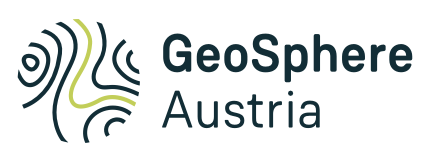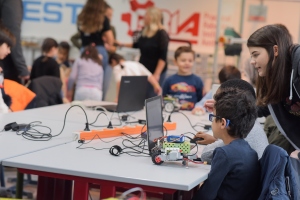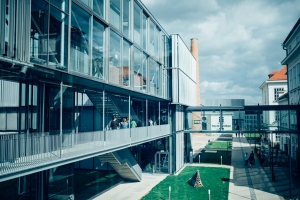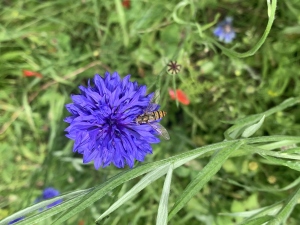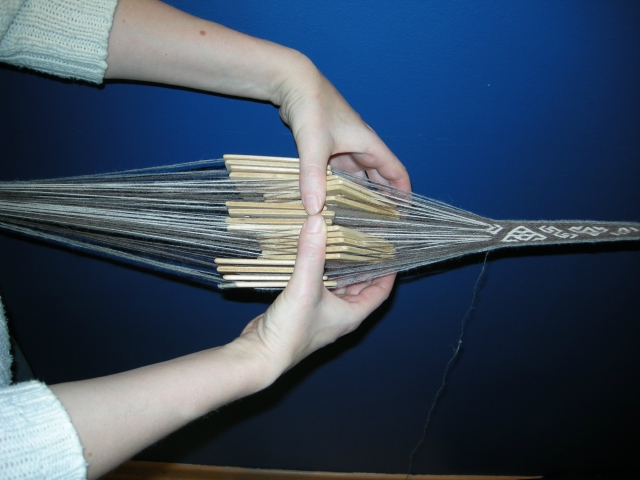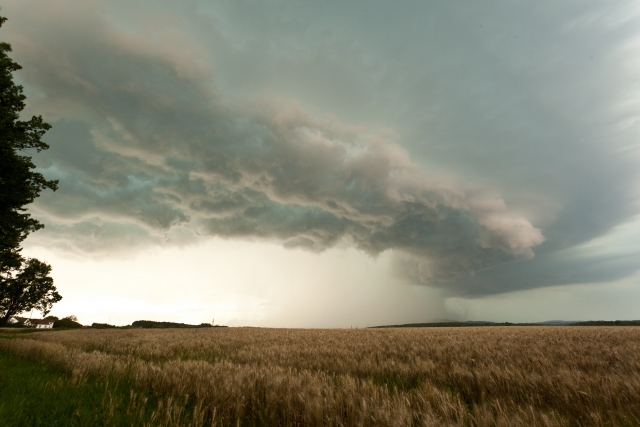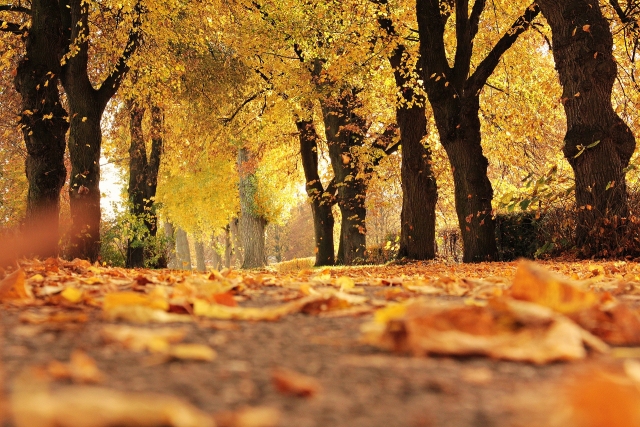
Florian Heigl
Publishing is fun
Publishing is fun - a Citizen Scientist reports on his first publishing experience in the current blog post (in German): https://www.citizen-science.at/blog/publizieren-macht-spass-ein-citizen-scientist-berichtet-ueber-seine-erste-publikationserfahrung
Practical Robotics Institute Austria
The Practical Robotics Institute Austria, PRIA for short, serves to encourage the next generation of scientists and engineers through robotics and ICT, as well as application-oriented research in current topics in robotics, automation and ICT. With regard to pedagogy and education, PRIA works to increase the interest of children and young people in research, technology and innovation. This is achieved, for example, by involving schoolchildren in complex projects and problem-solving processes. Within this framework, PRIA develops new learning models that encourage learning and experimentation on the one hand, and on the other hand, encourage pupils to implement their own ideas. In the area of industrial research, PRIA focuses on the development of innovative control architectures for robotics and automation as well as the implementation of flexible industrial processes.
For Practical Robotics Institute Austria:
Deputy chairman Wilfried Lepuschitz
University for Continuing Education Krems
University for Continuing Education Krems
The University for Continuing Education Krems specialises in in-service continuing education. As a public university for continuing education, it works with its expertise in teaching and research to meet societal challenges and aligns its study programme accordingly. With its Master's degree programmes and short programmes in nine thematic fields, it addresses working professionals in particular. With around 8,000 students from around 85 countries, Danube University Krems combines many years of experience in academic continuing education with innovation and the highest quality standards in research and teaching.
One of the strengths of the University for Continuing Education Krems is its application-oriented research with a high degree of transdisciplinarity. One of the citizen science projects in which the university is involved is, for example, the City Nature Challenge, which is carried out by the Biodiversity Hub established in 2017.
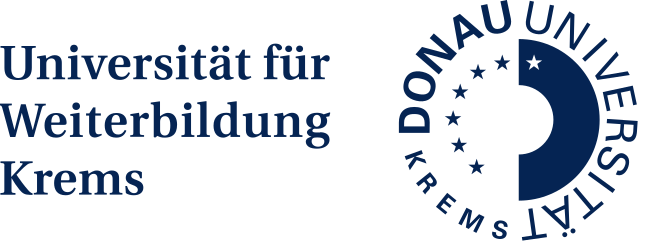
FotoQuest Go
“Explore the European landscape and help science to protect the climate and the environment!”
Do you like to be out in the fresh air? Would you like to make a concrete contribution to protect the environment and the climate and earn something in addition? With the FotoQuestGo app, you can use your free time to help science improve important data sets for research into landscape changes in Europe. The app works very simply: with the help of your smartphone's GPS, it navigates you to the place where we lack landscape data and then helps you to save and upload the necessary photos and information.

Why FotoQuestGo?
Every day in Europe, large amounts of land are converted into business, residential, leisure and traffic areas. Fertile soils, biodiversity and natural CO2 storage must give way to asphalt and concrete. In addition, the increasing surface sealing increases the risk of flooding drastically.
In order to better track and understand changes in land areas and their effects on the environment, scientists have so far lacked reliable, detailed and complete data on current land use.
With the FotoQuestGo app you can become a scientist in your free time and protect nature! With every place you explore, you make the data sets a little more accurate. And you collect valuable points for our prize draw. Are you ready for this challenge?

This is how it works:
- Download the app for free on your GPS-enabled smartphone.
- Register a FotoQuest account with your email address.
- Select a destination and use the app to navigate there.
- At the destination, the app will help you take the photos you need:
- If the destination is difficult or impossible to reach (e.g. is on private land): A photo in the direction of the destination.
- One photo in each direction and on the ground. - Answer a few questions and, if possible, take one last, more detailed photo so that the scientists can understand exactly what the local vegetation looks like. For example, it is about finding out whether there is forest or arable land in the place you have explored and which trees or crops can be seen.
- Your photos and pictures will be uploaded automatically. If the connection is bad, you can also save it for later upload.
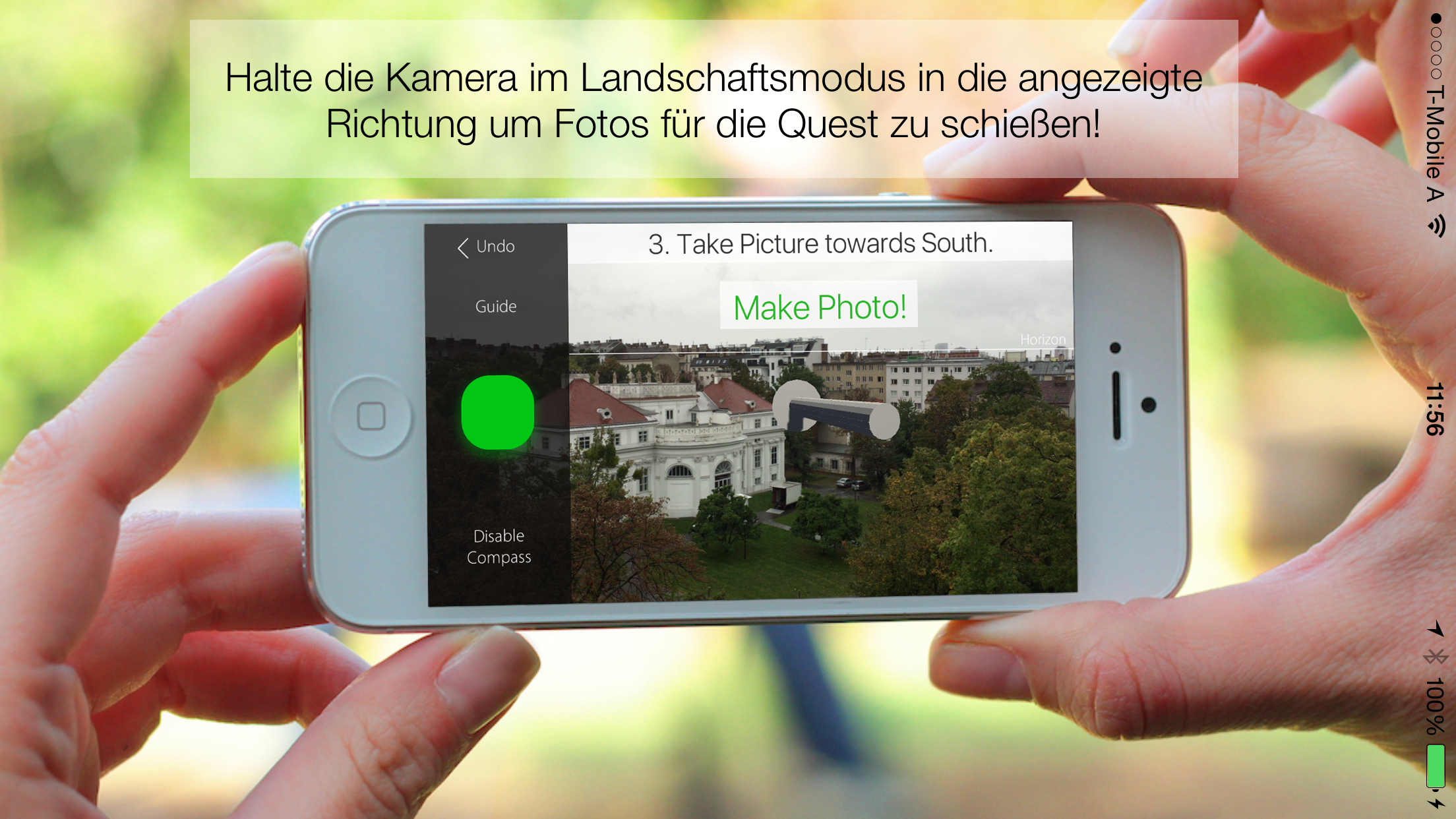
Tasks on the scientific side (project management):
The tasks depend on the respective campaign. The land use classes are determined by the local citizen scientists. The classes are closely based on the LUCAS (Land Use / Cover Area frame Survey) protocol. For use in the app, the parts of the LUCAS protocol that are essential for scientific processing are prepared in a form that is understandable and unambiguous for citizen scientists. Furthermore, quality assurance mechanisms were developed and applied to ensure the quality of the contributions on the one hand and to give feedback to the citizen scientists on the other hand in order to maintain and increase the quality of the contributions over the course of the campaign.
Tasks of the citizen scientists:
The data are recorded on site. The participants are in nature and can enjoy the environment. Citizen scientists are required to identify changes in land cover and to collect information on land cover at randomly distributed points. This concerns the type of land cover up to the level of e.g. the species of crops grown. Furthermore, the land use is roughly documented, as is the variability of the land cover in the vicinity of the points. This allows an assessment of which classifications can ultimately be used to validate land cover data sets from remote sensing.
This project fulfilled version 1.1 of the quality criteria for citizen science projects on Österreich forscht.
PolliDiversity 2.0
Compared to PolliDiversity, PolliDiversity 2.0. is still about creating habitats for insects, but the tasks of the citizen scientists have changed somewhat due to usability. The project was offered for the first time at the Citizen Science Award in 2021. In 2022, the second round took place in a modified form. Due to career changes of the project participants, the project will not be offered in 2023, but further project runs are planned for the future.
The aim of PolliDiversity 2.0. is to get as many people as possible excited about biodiversity and pollinators in their environment. Through active participation in research, the intrinsic motivation to actively engage in biodiversity conservation can be promoted. The goal of the citizen scientists will be to document the phenological development of plant species and then observe which pollinators visit these areas and at what time.
What are the tasks of the participating citizen scientists?
The main task of the citizen scientists is to document how the different plant species in the ReNatura wildflower mixture Gumpensteiner BW3 develop phenologically. Another task will be to observe the pollinators that visit the flowering areas. The resulting data will on the one hand provide interesting insights into the plant species in the flowering mixture and on the other hand valuable contributions to research into the lifestyles of the pollinators.
Documentation of phenological development
For the documentation of the phenological development of the flowering areas, a template is handed out to the citizen scientists to be completed for the documentation. The time of sowing, budding, flowering and plant growth should be documented. Different parameters such as outdoor temperature, weather and altitude are also included.
Observation of pollinators and data collection
When observing pollinators, the focus should be on wild bees in particular. Participants will also be given a simple identification key to assist them. Data collection is done via the platform of the Austrian Nature Conservation Union www.naturbeobachtung.at. There is a separate comment function where the project "PolliDiversity 2.0" is to be indicated.
Planting the flowering area
Citizen scientists receive seeds of the ReNatura wildflower mixture Gumpensteiner BW3 for an area of approx. 5 m². The seeds can be sown in your own garden or optionally in pots, which is why it is also possible to participate without having your own garden. The following plant species are sown:
Yarrow (Achillea millefolium), Field chamomile (Anthemis arvensis), Dyer's chamomile (Anthemis tinctoria), Kidney vetch (Anthyllis vulneraria), common marigold (Calendula officinalis), Caraway (Carum carvi), Cornflower (Centaurea cyanus), Brown Knapweed (Centaurea jacea), Centaurea pseudophrygia, Scabiosa (Centaurea scabiosa), Common Chicory (Cichorium intybus), Meadow Buttercup (Crepis biennis), Wild Carrot (Daucus carota), Carthusian Carinthia (Dianthus carthusianorum), Viper's Head (Echium vulgare), Widow's-flower (Knautia arvensis), Dandelion (Leontodon hispidus), Marguerite (Leucanthemum vulgare), Kidney Clover (Lotus corniculatus), Chamomile (Matricaria chamomilla), Yellow Clover (Medicago lupulina), White Sweetclover (Melilotus albus), Sweet Yellow Clover (Melilotus officinalis), Evening Primrose (Oenothera biennis), Sainfoin (Onobrychis viciifolia), Corn Poppy (Papaver rhoeas), meadow sage (Salvia pratensis), red campion (Silene dioica), common glue (Silene vulgaris), hare clover (Trifolium arvense), field clover (Trifolium campestre), small clover (Trifolium dubium), red clover (Trifolium pratense), black mullein (Verbascum nigrum), Sticky Catchfly (Silene viscaria) - all certified according to G-Zert®.
In the best case, the flowering area should be established as early as March (as soon as the first early flowering plants become visible), but by the end of April at the latest.
Which materials will be made available to the participating citizen scientists?
In order to enable citizen scientists to identify and participate in the project, the following information materials will be prepared and made available in digital form:
- Info workshop on Zoom
- Digital materials for participants: Experiment instructions, information materials on pollinators and identification keys for the selected pollinators.
- Template for the documentation of phenological development
The project materials are only available in German.
Further details on the project
The task of the citizen scientists is to document how the flowering areas develop: When do the seeds emerge? What is the temperature? What was the weather like in the past weeks? How tall are the plants after another two weeks? When do the first plants start to flower? If no plants come up, what could be the reason - have birds or snails been seen?
Furthermore, the citizen scientists should determine on several days from May to the end of July (depending on the flowering time of the plants) which plant species is preferred as a food source by certain wild bee species and other pollinators. Monitoring should be carried out on as many days as possible at three different times of day during daylight hours. The weather also plays a role, as wild bees are more likely to be seen in sunny weather but less likely to be seen in rain or strong winds.
How will the data of the participating citizen scientists be handled?
The data will be treated strictly confidentially and in accordance with the EU General Data Protection Regulation.
How can interested parties register?
Interested parties are welcome to register by e-mail. Please send registrations and queries to: This email address is being protected from spambots. You need JavaScript enabled to view it.
Citizen Science Seminar
In 2021, poject coordinator Verena Mayer held a lecture about "PolliDiversity" as part of the lecture series "Citizen Science Seminar" at the University of Natural Resources and Life Sciences Vienna (BOKU): "'PolliDiversity' - pollinator diversity in your own environment" (in German).
Project coordination:
Mag. Verena Mayer
Dipl. Ing. Renate Mayer
Other contributors:
Dr. Wilhelm Graiss
This project fulfilled version 1.1 of the quality criteria for citizen science projects on Österreich forscht.
Weaving techniques
Archaeological finds of textile remains give an insight into ancient weaving techniques, including fabrics from the Hallstatt salt mine dating from between 1500 and 300 BC, or finds of gold threads such as those from Ebreichsdorf in Lower Austria, ca. 1100 BC. They are scientifically analysed and reworked in the Prehistoric Department of the Natural History Museum in order to understand the manufacturing technique and the amount of work involved. Especially the board weavings and fabric with gold thread decoration are the subject of research here. Instructions for reworking Iron Age fabrics from Hallstatt have been posted on Pinterest and Instagram (#tabletweavehallstatt; #archaeologicaltextileoftheday). Hundreds of people have already participated with their own weaving suggestions, creative implementations, and also corrections to the scientifically published weaving instructions.This has resulted in a new research question on the production of the bands, which was developed together with a Finnish weaver from this community and presented at a conference (including publication).
Who can participate?
People who are interested in old weaving techniques and who weave themselves.
The project is also about re-enactment and do-it-yourself!
Period
You can participate in the project at any time.
Where can you participate?
The weavings can be shared on the Pinterest wall on weaving techniques and on Instagram under #tabletweavehallstatt; #archaeologicaltextileoftheday.
How can you participate?
You can make your own creative woven objects inspired by the textiles from Hallstatt! You can get inspiration and share your weaving objects on Pinterest or Instagram (see above).
Contact
Dr. Karina Grömer
Natural History Museum Vienna
Prehistoric Department
This email address is being protected from spambots. You need JavaScript enabled to view it.
This project fulfils version 1.1 of the quality criteria for citizen science projects on Österreich forscht.
Working group Strategy
Head: Florian Heigl, Daniel Dörler and Ronald Würflinger
Goal: The aim of this working group was to develop a strategy including an action plan for the development of the Citizen Science Network Austria and the associated platform Österreich forscht until 2027.
During the platform meeting on December 3, 2020, all partners present decided to establish this working group in order to achieve the above-mentioned goal.
The working group sees itself as an open association of partners in the Citizen Science Network Austria, i.e. everyone in the network is welcome to participate in the working group and thus significantly shape the next 5 years of the Citizen Science Network Austria. The most important fields of action for the network and platform have already been discussed and defined, on which the focus of the work until 2027 should lie. At the same time, a structure was established that shows what is a task of the network, but also what is not a task of the network..
The partners who develop the strategy and implement the action plan should include as large and diverse a group of additional partners in the network as possible.
The vision and the goals until 2027 have already been formulated (in German). Currently the focus is on the formulation and implementation of measures to achieve the goals.
We invite every person and institution in the network to get involved in the tasks. If you are interested, please feel free to contact us by email at This email address is being protected from spambots. You need JavaScript enabled to view it..
Wettermelden.at / Trusted Spotter Network Austria
Many weather phenomena as well as their impacts and damage on the ground are reported in real time or immediately after the event by means of weather reports. Within the framework of the Trusted Spotter Network Austria, all reporters can be trained to become particularly trustworthy observers. All weather and impact reporting parameters as well as the training and competence levels of the observers are comparable throughout Europe.
Why weather reports?
A large number of automatic weather stations at the Austrian national weather service GeoSphere Austria can measure atmospheric variables like temperature, air pressure, wind direction and strength with high accuracy. The actual effects of weather, especially extreme weather on the ground, such as storm damage, hailstones, tornadoes, avalanches, mudflows or rockfall, black ice, forest fires and others cannot be measured with automatic weather stations. Human observations are still necessary for this purpose.
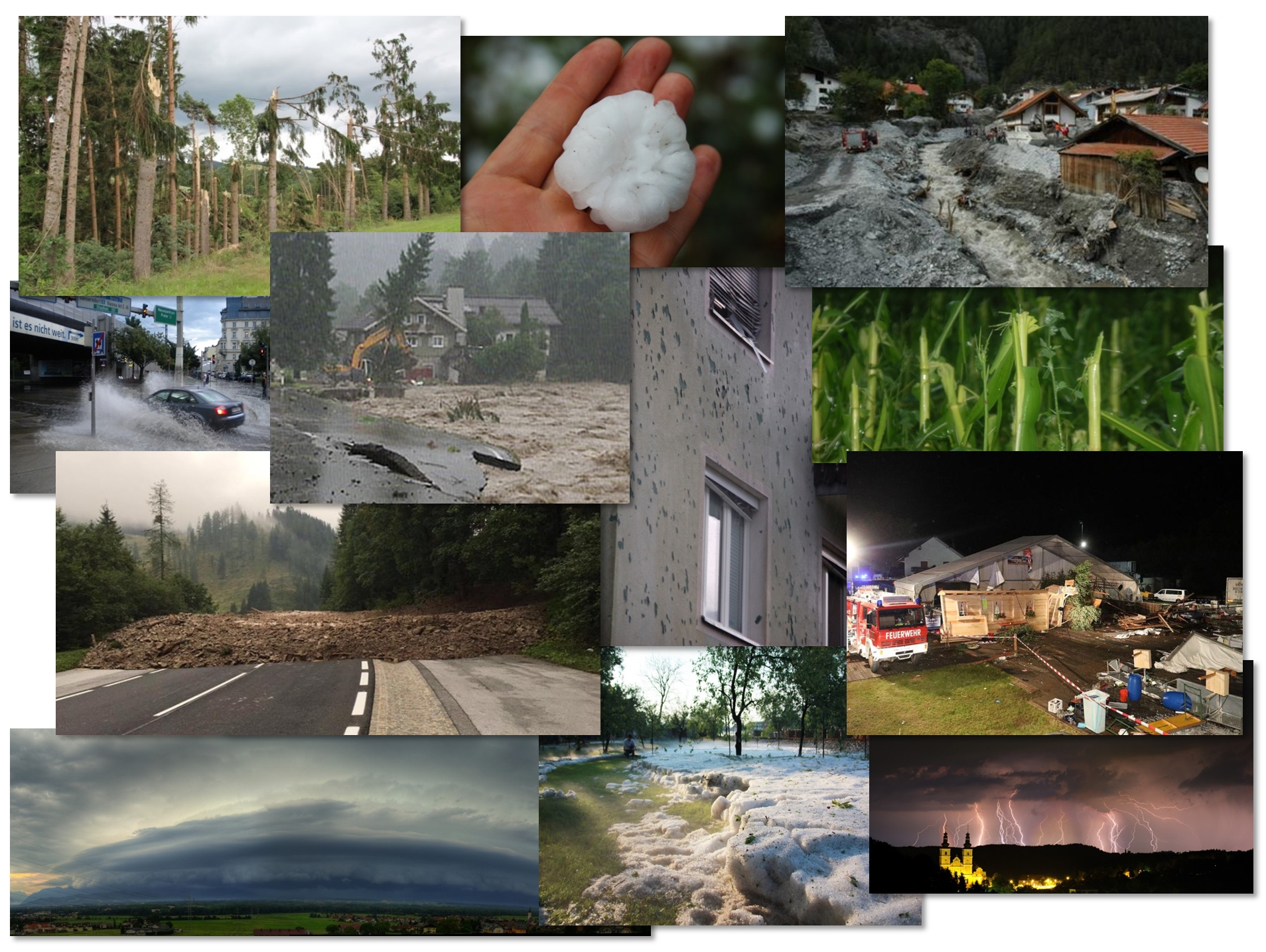
© wettermelden.at
This is how it works!
Any person can report the weather with mobile devices such as smartphones or tablets, regardless of time and place. No need to download or install a native smartphone app! Activate the mobile data connection and the automatic localization of your device, call up www.wettermelden.at in your browser and select the appropriate reporting parameter with the plus symbol. A photo always helps to better describe the impacts of the weather. If required, also add a describing text message, send the report, done. For brief instructions (in German), click here.
Who can participate in the research?
Everyone who can operate a mobile device such as a smartphone or tablet are recommended to participate from around 12 years of age. Weather is of everyone's interest - many of us are even more interested weather enthusiasts. Extreme weather events in particular affect our society and thus directly our everyday lives and modern society. Such extreme events, but also extraordinary weather phenomena, motivate many people to share their experiences with others in different ways. With the web app wettermelden.at GeoSphere Austria offers an independent platform for documenting weather and weather impacts. This enables real-time feedback for both weather warnings and weather forecasts. Additionally, weather reporters also support climate impact research and forensic weather damage research. This clearly benefits national public weather services and science.
Do you need preceding weather knowledge to report the weather and its impacts?
Neither to operate the web app www.wettermelden.at nor for correct reporting any preceding knowledge is needed. Our web app can be used largely self-explanatory and each individual reporting parameter is directly described in short keywords. For those with deeper interest in weather, the national weather service GeoSphere Austria offers a specific training programme for voluntary weather observers, the Trusted Spotter Network Austria.
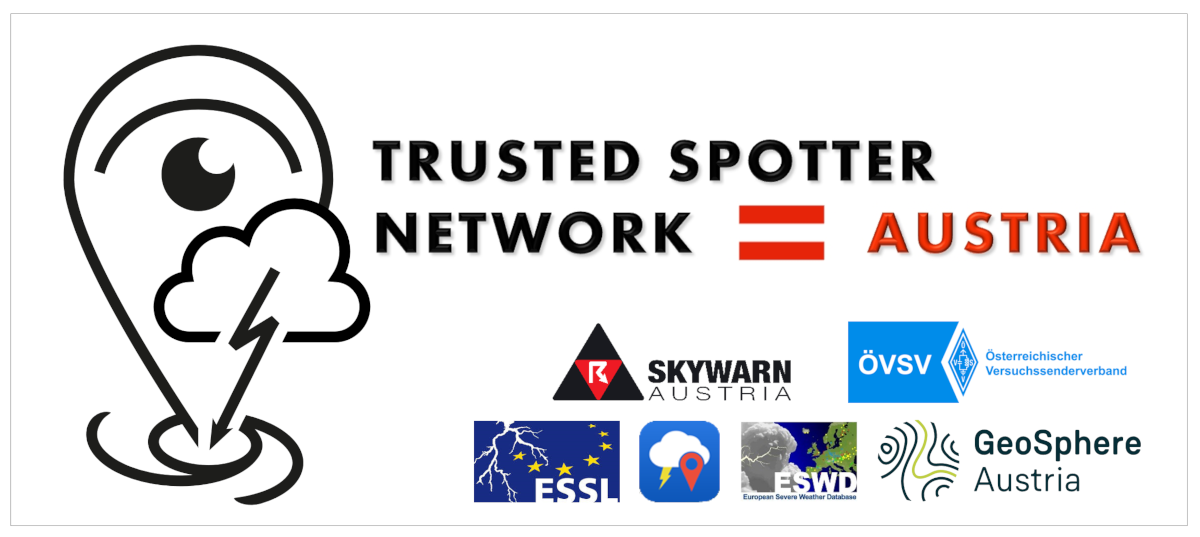
The Trusted Spotter Network Austria
The Trusted Spotter Network Austria, TSN, started in 2009 as a cooperation between SKYWARN AUSTRIA, the European Severe Storms Laboratory ESSL in the form of the European Severe Weather Database ESWD and the Central Institute for Meteorology and Geodynamics ZAMG (now GeoSphere Austria).
At a later stage, amateur radio operators of the Austrian Association of Experimental Broadcasters (ÖVSV) also participated as Amateur Radio Spotters (ARS) and Trusted Spotters. At present, TSN is open to all weather enthusiasts, independent of membership to an organization.
So what makes TSN unique in Europe?
First of all, the training: GeoSphere Austria offers a visiting and training programme at all GeoSphere regional centres for all graduates of the basic training. Here, the Trusted Spotter receive individual training and are thus sensitized to the needs of forecasters during warning situations and further trained in recognizing the effects of the weather on the ground correctly.
For this activity, the spotters (weather observer, stationary) or chasers (thunderstorm chaser, mobile) have access to real-time weather information via a GeoSphere data portal, the interpretation of which is also the subject of training. Depending on the level of training of the observers, individual messages in the database can be distinguished on the basis of competence and reliability:
- Messages from observers without training are assigned the reliability level 0 (RL0).
- Observers with basic training report with competence RL1 (plausibility checked). The training is carried out in the Skywarn or ÖVSV associations for their members with active status. Soon an independent ZAMG - online portal for the completion of the basic training will also be available for all interested persons even without a membership within an association.
- The highest level of training to become a Trusted Spotter is a two-step programe exclusively at GeoSphere Austria locations. On the one hand in the form of individual job shadowing, on the other hand with the regular workshops, which mostly take place in hybrid form at the GeoSphere locations as well as online, thus independent of the travel distance. Certified TSN members report with RL2 - competence as confirmed reliable source.
Through lectures, case studies, damage analyses and intensive technical discussions, the workshops provide extensive scientific exchange, which always benefits both weather enthusiasts and full-time meteorologists.
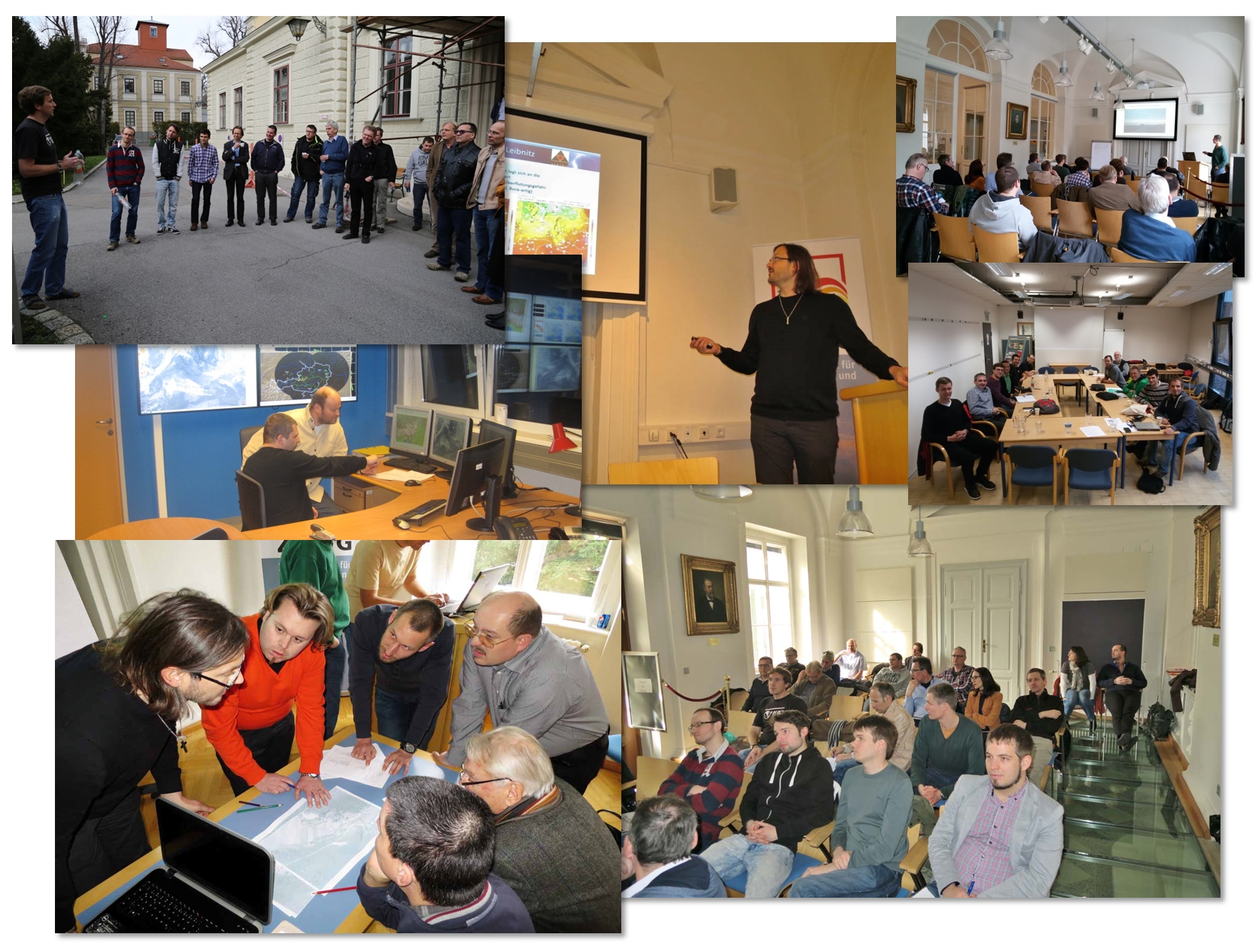
© Wettermelden.at
Our outreach platform trustedspotter.eu is available as a contact point for everyone. Here you can find lots of background information on all reporting parameters in the form of a glossary. Interested parties can also register online for the Trusted Spotter workshops or for a personal training to become a Trusted Spotter.
Internationally valid reporting guidelines
GeoSphere Austria is also engaged in the national and international standardization of human weather and impact reports. All reporting parameters are identical to those of the EWOB database of the ESSL and can be exchanged in real-time between all levels (nationally to internationally) via APIs. Reported weather damages above a specific damage threshold are transferred to the internationally standardized, scientific European Servere Weather Database (ESWD).
Also, reliability levels of individual reporters based on their respective training levels are internationally comparable and thus can be exchanged between databases. This interoperability of weather and impact observations and reports is of particularly high scientific value for estimating long-term climate- and severe weather trends.
In its cooperation between the national weather service, weather enthusiasts and science, the TSN is unique in Europe and in this context regarded as "best practice" by the European Meteorological Society EMS.
What happens with the weather reports?
Current weather and impact reports reach forecasters in real time and help to improve impact-related weather forecasts and warnings. The human weather and impact messages provide reliable information on the so-called "ground truth". This instantaneous feedback loop provides reports to the GeoSphere duty forecaster within seconds from being sent via the app. Thus, observers communicate directly if their forecast is correct at the time and place or if their weather warning correctly estimated the intensity of a storm. Ideally, weather warnings are adapted immediately to avoid unexpected damage or even injuries.
Furthermore, weather and impact reports serve as a basis for case studies and climatological evaluations of extreme weather events and their damage. In this way, the frequency of extreme weather events and the vulnerability of our society to weather damage will be recorded more precisely. All Austrian weather and impact reports will be stored in a national GeoSphere database and made available in exchange with other European national weather services in anonymized form for warnings and research.
Standardization and quality management of the reports enable other automatic applications such as the analysis of cloud photos or data assimilation in impact-, nowcasting- and forecast models. Reports on damage caused by thunderstorms provide the basis for further, more in-depth forensic analyses of down gusts or tornadoes. These application examples show the importance of the training and reliability of the individual spotter. Received images and videos support outreach and public relations activities shortly after an extreme weather event.
Podcast
Project coordinator Thomas Krennert was a guest on an episode of the Österreich forscht podcast "Wissen macht Leute" in June 2022 - those interested in learning more about the project can listen to the episode here (in German). In addition, Thomas Schreiner, a dedicated Citizen Scientist in the project, gave interesting insights into the project in March 2023 - tune in!
Citizen Science Seminar
In 2021, poject coordinator Thomas Krennert also held a lecture about Wettermelden.at as part of the lecture series "Citizen Science Seminar" at the University of Natural Resources and Life Sciences Vienna (BOKU): "Report weather, help warn, avoid danger!" (in German).
Roles and tasks in the project
Project management:
- Coordination
- Technical development
- Organization of training and education activities
- Quality assurance and management
- Data management and archive
- Organizational and technical cost management
- Contact point
Weather reporters without training:
- Reporting of weather events and corresponding damage (Impact)
Weather reporters with training:
- Reporting of weather events and corresponding damage (Impact)
- Participation in training courses, workshops
- Reports, case studies
- Generation of training material (pictures, videos)
- Preparation of forensic analyses together with experts / scientists
- Feedback on system and development
This project fulfils version 1.1 of the quality criteria for citizen science projects on Österreich forscht.
FH Campus Wien
The FH Campus Wien is the largest university of applied sciences in Austria. The FH Campus Wien offers over 6000 students a wide range of degree programmes in the fields of applied life sciences, engineering, building and design, public sector, health sciences, nursing science and social studies.
After a jointly organised successful workshop on "How can I integrate citizen science into my research" and the great organisation of the European Researcher's Night 2018 and 2019, we are now looking forward to further close cooperation in the field of citizen science with this diverse organisation.
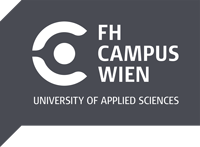
Geosphere Austria
The Geosphere Austria (Zentralanstalt für Meteorologie und Geodynamik (ZAMG)) is also a partner in the Citizen Science Network Austria. Founded in 1851, ZAMG is the national meteorological and geophysical service of Austria.
We are particularly pleased about this partnership, as Geosphere Austra has a long tradition of involving citizens in the observation of weather and similar phenomena. But not only observations can be reported to the Geosphere Austria. The Geosphere Austria is involved in numerous projects with citizen participation, for example, the Trusted Spotter Network Austria has its own training for citizens to be able to forward important information to the weather service in real time in case of severe weather events and damage caused by extreme weather.
As the name of the institution already reveals, not only weather phenomena are researched at Geosphere Austra, but it is also possible to report when an earthquake is felt in Austria or even to observe damage caused by earthquakes.
We are very pleased that an organisation with so much experience in working with citizens* in research is a partner in our network.
